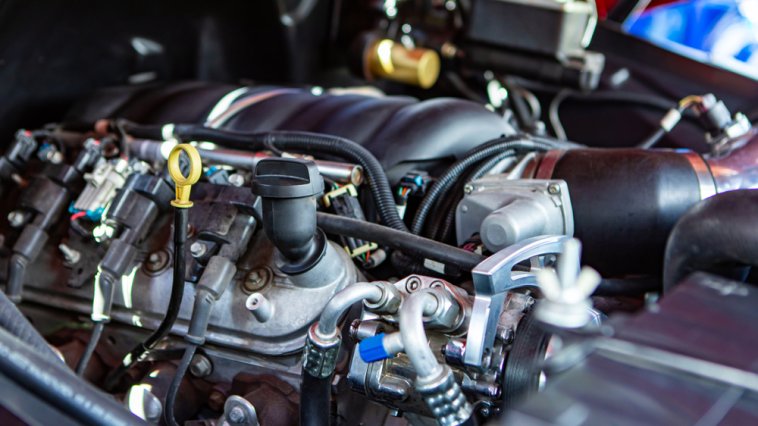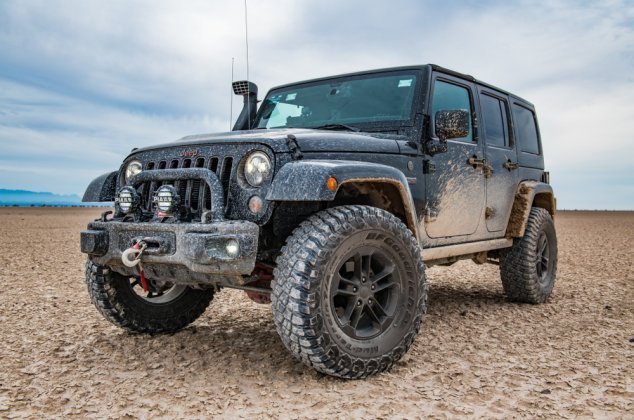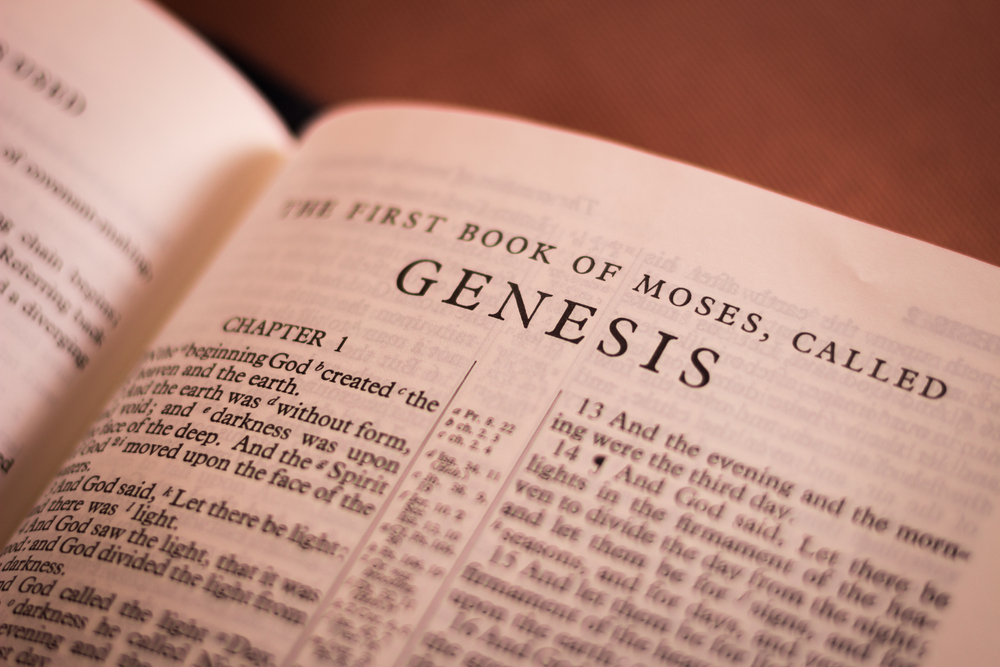Car Parts That Start With Each Letter: 187 Parts From A to Z

Since their introduction in the early 20th century, cars have become integral to human life.
They take us to and from work, around town on errands, and on fascinating road trips near and far.
There are estimated to be over a billion vehicles on the road today — and we’re expected to reach two billion by 2040![1]
Cars are as complex as they are numerous. The average car actually contains over 30,000 individual parts,[2] all of which have to work together to get us where we need to go!
Below, we list the common car parts that start with each letter, from A to Z.
Scroll past the list for tips on finding out more about car parts and how they work.
A
- Airbag
- Alternator
turns mechanical energy into electrical energy - Antenna
- Axle
- Air filter
- Anti-lock braking system
helps prevent the wheels from locking up or skidding - Airbag sensors
- Armrest
- Air conditioning system
- Air duct
- Accelerator
- Air vent
- Alarm
- Axle shaft
load-bearing parts that transfer rotational force from the transmission to the wheels and axles
B
- Battery
- Brake pads
- Brake lines
- Bumper
- Brake light
- Ball joints
connect the control arms to the steering knuckles - Bucket seat
- Bearings
- Brake drum
- Backup camera
- Brake pump
- Bench seat
- Blower motor
fan that pushes air through the dashboard vents - Brake pedal
- Battery cable
- Brake shoe
C
- Caliper
houses the brake pads and pistons - Camshaft
rotating shafts that activate the intake and exhaust valves for engine cylinders - Carburetor
mixes air with fuel in the engine - Coolant hose
- Chassis
- Combination valve
valve in the brake system that helps balance braking - Clutch assembly
- Cooling fan
- Catalytic converter
controls emissions from the engine - Crankshaft
rotates inside the engine to help it run smoothly - Compressor
pumps refrigerant into the condenser to power the air conditioning - Cabin filter
removes pollutants like pollen and dust from the interior of the car - Control arm
- Cylinder head
houses elements like intake and exhaust valves at the top of the engine block - Condenser
- Cooling system
- Control arm bushings
sits between the control arm and the car’s frame
D
- Door handle
- Drive belt
- Dipstick
- Door latch
- Distributor
routes current from the ignition coil to the spark plugs - Driveshaft
- Door seal
- Dashcam
- Distributor cap
protects the distributor and holds the contacts for the rotor and spark plug wires - Differential assembly
allows the wheels to turn and rotate at different speeds
E
- Engine
- Exhaust manifold
collects the engine cylinders’ exhaust gases into one pipe - Engine fan
- Evaporator core
absorbs heat and removes humidity from the air - Exhaust pipes
- Expansion valve
attaches to the evaporator to reduce pressure - Engine block
engine casing that contains the cylinders and other components
F
- Fender
- Fuel tank
- Fan belt
- Fuel cap
- Fuse box
- Fuel gauge
- Fan blade
- Flywheel
thick, heavy disc that balances the engine and connects it with the transmission - Fuel filter
- Fuel injector nozzle
- Fog lamp
- Fuel pump
- Fuel pressure regulator
G
- Grill
- Gearbox
set of transmission gears with casing - Gasket
- Glowplug
heats the incoming fuel and air in a diesel engine - Gear pump
- Gear shift
- GPS
H
- Hood
- Hinges
found on the doors, hood, trunk, and fuel door - Headlights
- Hubcap
- Handbrake
- Headlamp
- Heater core
I
- Ignition coil
- Interior light
- Inverter
electrical transformer - Intake manifold
moves fuel and air through the engine - Ignition switch
J
- Jack point
reinforced metal under the car where you can safely place jacks when lifting the car
K
- Keyless entry system
- Knock sensor
engine sensor that detects vibrations and sends messages to the engine control computer to adjust the engine timing - Kickdown switch
electric shift that can downshift the transmission - Kingpin bushings
lubricated bushings that fit the spindles of the car’s axle
L
- Lug bolt
- Lug nut
- Light sensor
detects light to turn automatic lights on or off - Leveling kit
M
- Motor
- Muffler
- Mudflap
- Mirrors
- Mass airflow sensor
determines the mass flow rate of air entering the engine - Master cylinder
N
- Navigation system
- Neutral safety switch
prevents automatic transmission vehicles from starting unless in the “Park” or “Neutral” position - Negative battery terminal
O
- Odometer
- Oil filter
- Oil pump
- Oil gasket
- Oil pressure gauge
- O2 sensors
measures the proportion of oxygen in the fuel
P
- Power door lock
- Piston
- Power steering assembly
- Propeller shaft
transmits power from the engine to the wheels - Positive battery terminal
Q
- Quarter panel
body panel between the rear door and the trunk
R
- Rims
- Rotors
- Radiator
- Roof rack
- Radio
- Radiator hoses
- Rain guards
- Rearview mirror
S
- Suspension springs
- Spoiler
- Starter
- Spark plug
- Suspension
- Shock absorber
- Sunroof
- Steering column
- Speaker
- Seatbelt
- Steering wheel
- Strut
- Speedometer
- Side mirrors
- Steering knuckle
located behind the front wheels; connects the wheel hub to the suspension - Spindle
- Steering shaft
- Subwoofer
- Seatbelt buckle
T
- Tire
- Turn signal control
- Tire pressure gauge
- Tail light
- Transmission
- Timing belt/chain
connects the camshaft and crankshaft in the engine - Trunk
- Tie rods
- Trailer hitch
- Tonneau cover
fabric or aluminum that covers the bed of a pickup truck or the seats in a convertible - Tuner
- Thermostat
U
- Upper radiator hose
- Universal joint
V
- Valve cover
- Valve housing
- Vacuum booster
enhances the performance of brakes - Valve spring
- Vents
- Visors
W
- Windshield
- Window motor
allows you to use a switch to open and close the vehicle’s windows - Water pump
part of the vehicle’s cooling system - Wheel bearings
connect wheels to axles - Wheel well
- Window
- Windshield wiper
- Window seal
- Window crank
hand crank that allows you to roll a car window up and down on a car without power windows - Wheel
- Wind deflectors
attaches to the hood, sunroof, or windows to redirect wind
X
- Xenon headlights
headlight bulbs that last longer than halogen but not as long as LED bulbs
Y
- Yoke
part of the driveshaft
Z
- Z-bar
sway bar used on some older vehicles
Understanding a Vehicle’s Parts
While some car parts are found in the large majority of vehicles on the road today, each vehicle model has its own design peculiarities, features, and technologies.
Crankshafts, for example, were once actual cranks that the driver would turn to start the engine, while today, they’re small, internal components of the motor.[3]
You can gain a better understanding of the different car parts and how they work by researching your own vehicle or a favorite vehicle model.
Gather information using the following steps:
- Check the owner’s manual. It might seem like an obvious place to start, but the owner’s manual will be packed with helpful information — not just the types of parts you can find in your car (or any vehicle you choose to research) but where they’re located and how to troubleshoot them. The manual will include detailed diagrams with every part labeled, and even if you need to search for more information than you can find in the manual, you’ll at least have a basic idea of how the part operates.
- Consult with auto parts dealers. The growth of online retail has made it easier than ever for you to understand which parts work for a particular car. Stores like NAPA Auto Parts and AutoZone allow you to add basic details about a vehicle (year, make, model, engine, or even the VIN) and find all the parts relevant to that particular make and model.
- Keep customizations in mind. Upgrades and modifications can enhance the look and performance of a vehicle, and they also expand the types and varieties of parts to explore. For example, suspension modifications like lift kits can help you understand different types of springs and how to balance the front height of the vehicle with the rear height.
Posts you may want to read next...

491 Best Jeep Names: By Color, Cool, Military-Inspired, etc (Curated & Ranked) + Generator

Top 59 Funny, Cool, & Catchy Bike Names (Curated & Ranked) + Generator

Clothing That Starts With Each Letter: 291 Garments from A to Z







